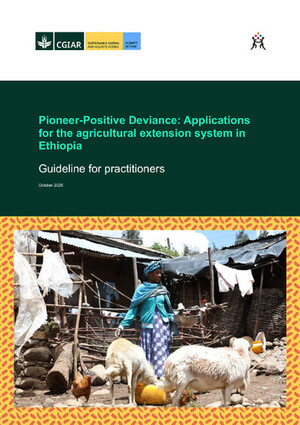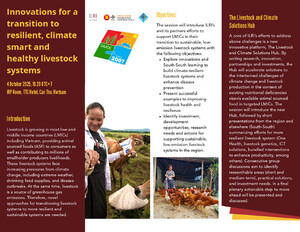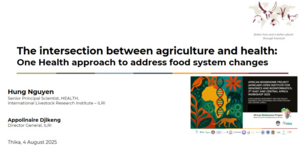
Screening and characterisation of virus causing yellow leaf disease of Tephrosia in Ethiopia
Abstract
Tephrosia, an important medicinal plant, and a potential livestock feed, was found to be affected by a leaf yellowing disease at the Ziway field site of the International Livestock Research Institute. A total of fifty samples from 300 plants were collected from twenty Tephrosia species in three consecutive planting seasons; 2015, 2016 and 2017. The samples were screened for viral infection by dot-blot assay with antiserum targetting eight viruses. RT-PCR of dot-blot positive samples using virus specific primers gave an amplification product of the expected size (867 bp) only for cucumber mosaic virus (CMV) in Tephrosia senna. The amplified products were sequenced; coat protein sequence (657 bp) extracted, and submitted to NCBI database (Tep-Et; KY041651). Sequence alignment and phylogenetic analyses indicated that the isolate, Tep-Et, shared maximum identity [88.8–97.5% nucleotide (nt) and 89.4–96.3% amino acid (aa)] with CMV belonging to members of subgroup-I. To our knowledge, this is the first report of molecular characterisation of a CMV isolate infecting a new host, T. senna in Ethiopia.
Citation
Kumar, A., Hanson, J., Jones, C., Yilikal, A and Mulatu, F.2020. Screening and characterisation of virus causing yellow leaf disease of Tephrosia in Ethiopia. Australasian Plant Pathology










